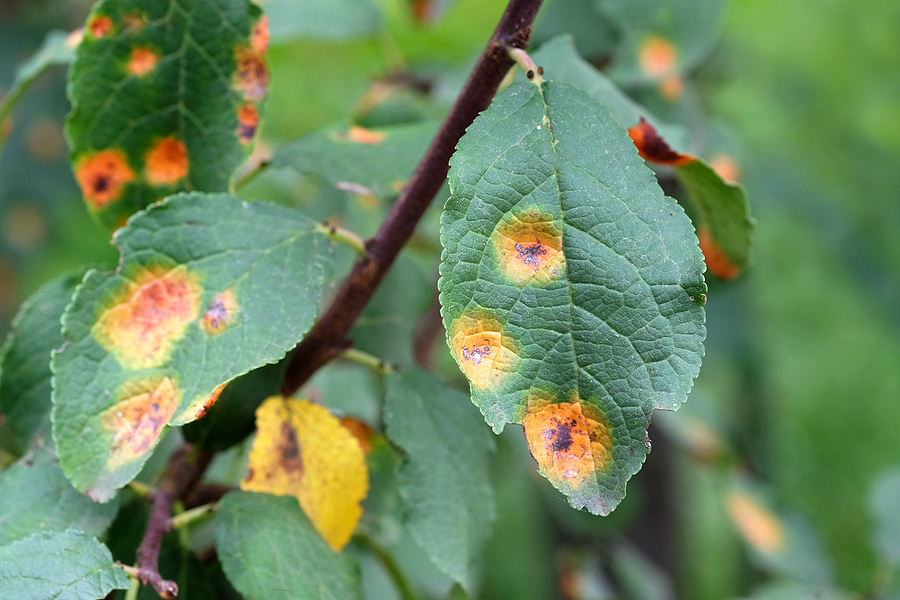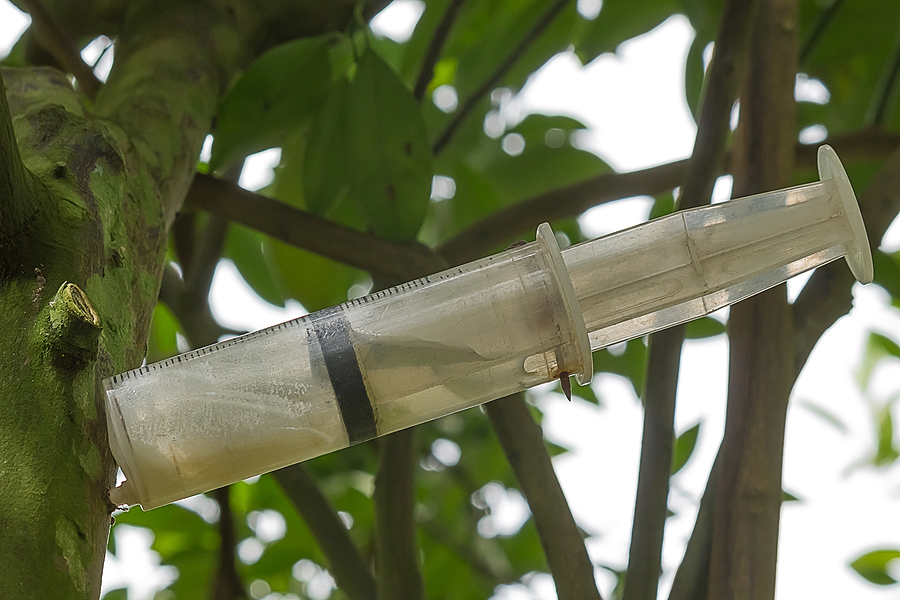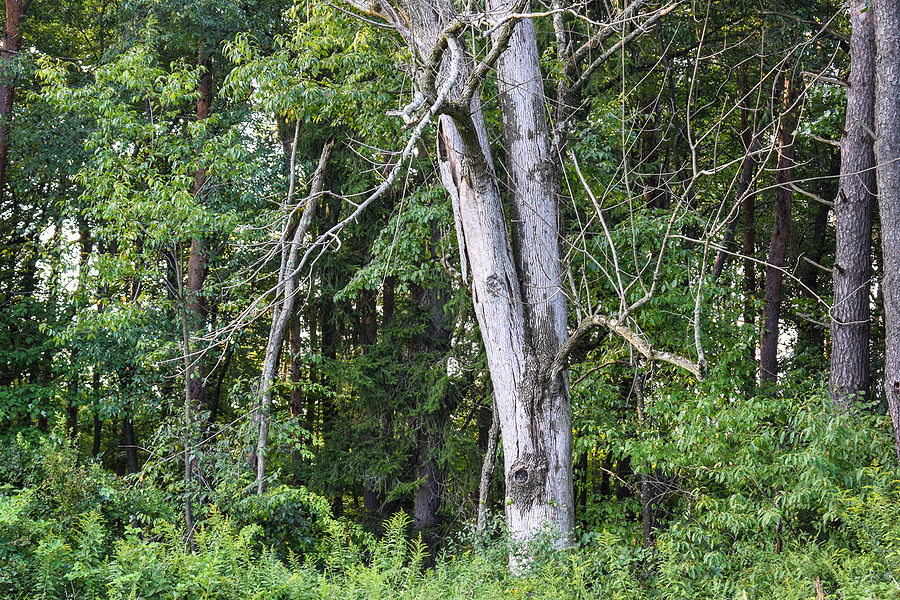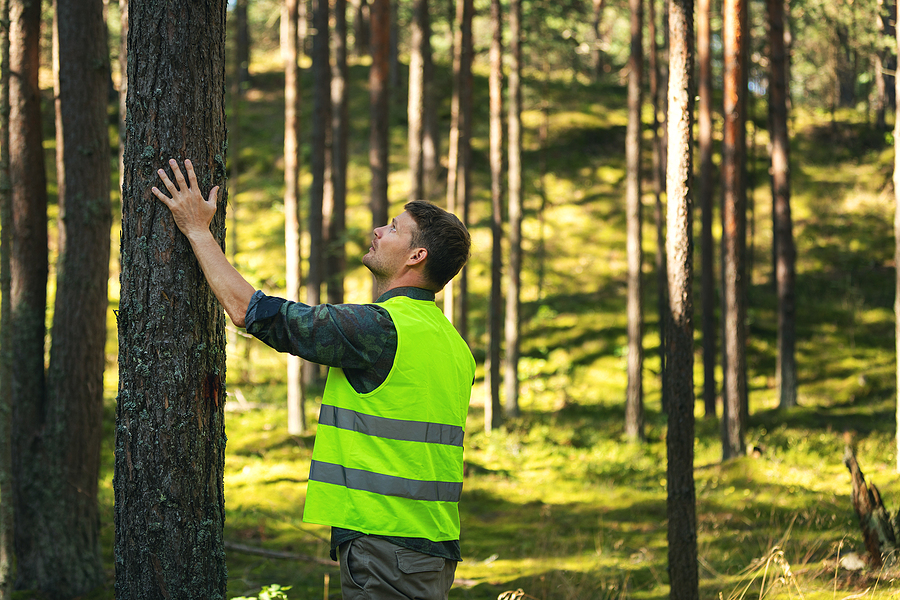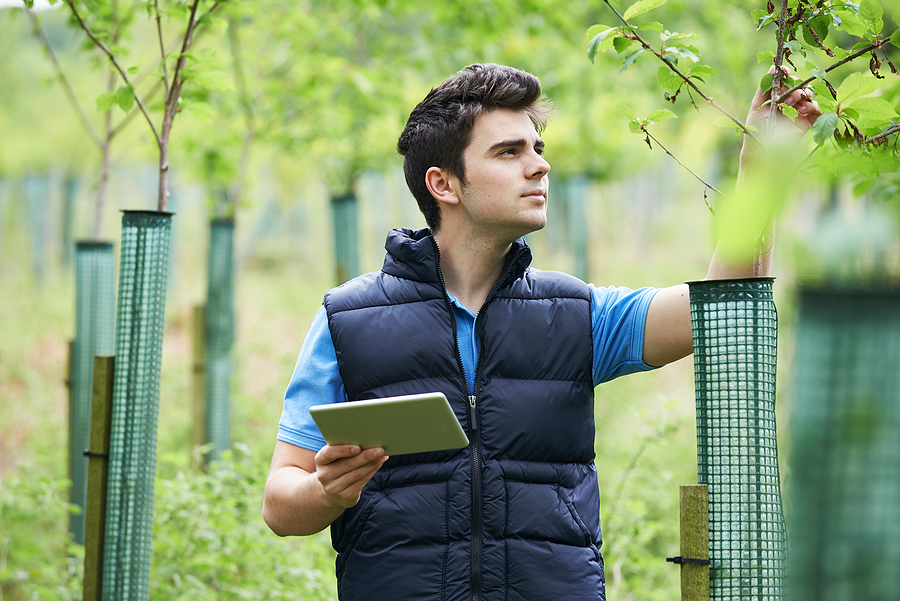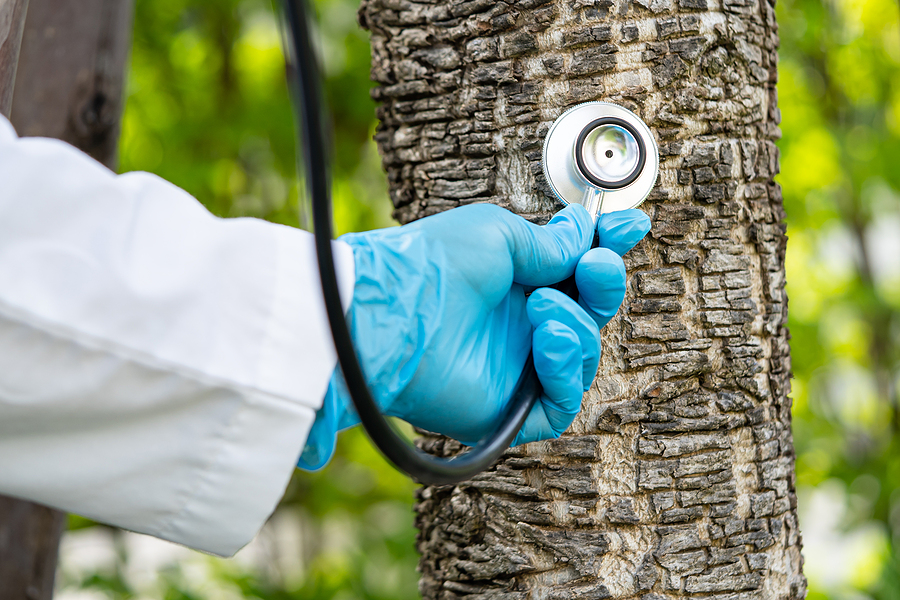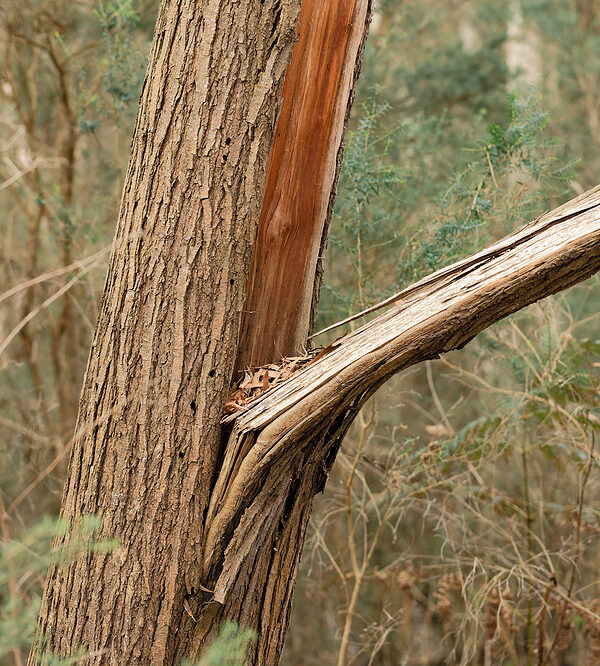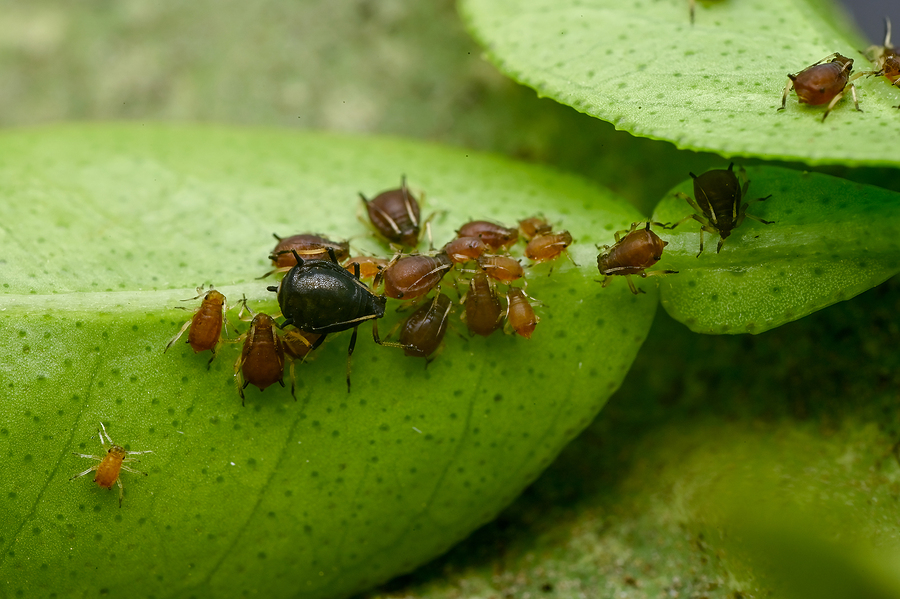Trees are essential to our landscapes, offering beauty, shade, and environmental benefits. However, when trees start shedding leaves unexpectedly, it can cause concern for gardeners, nature lovers, and homeowners.
This blog post will help you understand the natural leaf cycle, identify normal versus abnormal leaf loss, and provide practical tips to maintain tree health. Let’s explore the world of tree leaf loss together.

Understanding the Natural Leaf Cycle
Every tree undergoes a natural leaf cycle. Understanding this process helps you appreciate the rhythm of nature and discern when something might be amiss. Trees typically shed their leaves in response to seasonal changes. For deciduous trees, this means losing leaves in the fall, while some evergreen species might drop older leaves throughout the year.
Seasonal leaf loss is an adaptation to conserve water and energy during periods of unfavorable weather. In autumn, deciduous trees prepare for winter by shutting down their food production systems. This process, known as senescence, causes leaves to change color and eventually fall off. During this time, nutrients from the leaves are reabsorbed into the tree, ensuring survival through the cold months.
Evergreens, on the other hand, shed leaves gradually instead of all at once. Their leaves or needles can last several years, allowing the tree to maintain some greenery even in winter. Understanding these natural patterns can help you differentiate between normal seasonal shedding and potential problems.
The Purpose of Seasonal Leaf Shedding
Seasonal leaf loss is a natural and necessary part of a tree’s life cycle. But why exactly do trees shed their leaves? It’s all about survival and efficiency.
- Water Conservation – Water conservation is a primary reason. Leaves are the sites of photosynthesis, a process that also leads to significant water loss through transpiration. During periods of drought or cold, trees shed leaves to reduce water loss and conserve moisture.
- Energy Efficiency – Energy efficiency is another factor. In colder months, the energy required to maintain leaves outweighs the benefits of photosynthesis, especially when daylight hours are shorter. Shedding leaves allows trees to conserve energy and survive harsh conditions.
- Nutrient Recycling – Nutrient recycling is an additional benefit. Before leaves fall, trees absorb valuable nutrients back into their systems. This nutrient recycling ensures that trees have the necessary resources to produce new leaves in the following growing season.
Normal vs. Abnormal Leaf Loss
Not all leaf loss is created equal. Understanding the difference between normal and abnormal leaf loss is crucial for proper tree care.
Normal – Normal leaf loss occurs in predictable patterns. For deciduous trees, this means shedding leaves in the fall. Evergreens may drop older leaves throughout the year but maintain overall green foliage. If your tree’s leaf loss aligns with these patterns, it’s likely part of a healthy cycle.
Abnormal – Abnormal leaf loss, however, can signal underlying issues. If a tree starts shedding leaves out of season or loses a significant portion of its foliage suddenly, it might be experiencing stress. Factors such as disease, pests, or environmental conditions could be at play.
Key indicators of abnormal leaf loss include:
- Leaves turning yellow, brown, or black before falling.
- Leaves dropping from the interior or middle of the tree, rather than the outer edges.
- Leaf loss accompanied by other symptoms, such as wilting, spots, or unusual growth patterns.
Impact of Environmental Factors on Leaf Loss
Environmental factors play a significant role in leaf loss. Understanding these influences can help you take preventive measures and address problems promptly.
- Weather – Weather conditions such as extreme heat, cold, drought, or heavy rainfall can stress trees and lead to leaf loss. For example, prolonged drought causes trees to shed leaves to conserve water. Conversely, heavy rains can saturate the soil, leading to root problems and subsequent leaf drop.
- Pollution – Pollution is another factor. Urban trees exposed to air pollution, such as smog or vehicle emissions, may experience increased leaf loss. Contaminants in the soil or water can also affect tree health.
- Damage – Physical damage from construction, landscaping, or storms can lead to stress and leaf loss. Damaged roots, branches, or trunks can disrupt the tree’s ability to transport nutrients and water, resulting in leaf drop.
How to Minimize Leaf Loss in Your Garden or on Your Property
Taking proactive steps can help minimize leaf loss and promote tree health. Here are some practical tips for gardeners, nature lovers, and homeowners:
- Watering – Proper watering is essential. Ensure your trees receive adequate water, especially during dry spells. Deep watering encourages the growth of strong roots, which helps the tree withstand stress and reduces the likelihood of leaf loss.
- Mulching – Mulching around the base of your trees helps retain soil moisture, regulate temperature, and prevent weed growth. Apply a layer of organic mulch, such as wood chips or bark, extending it to the tree’s drip line.
- Supervision – Regular monitoring is crucial. Keep an eye on your trees for signs of stress or abnormal leaf loss. Early detection allows you to address issues before they escalate. If you notice unusual leaf drop, consult a professional arborist for a thorough assessment.
The Role of Fertilization and Pruning in Leaf Maintenance
Fertilization and pruning are vital components of tree care. When done correctly, they can enhance tree health and minimize leaf loss.
- Fertilization – Fertilization provides trees with essential nutrients. Conduct a soil test to determine nutrient deficiencies and apply a balanced fertilizer accordingly. Avoid over-fertilizing, as this can lead to excessive growth and stress.
- Pruning – Pruning helps maintain tree structure and health. Remove dead, damaged, or diseased branches to prevent further stress on the tree. Pruning also improves air circulation and light penetration, reducing the risk of fungal infections and promoting healthy leaf growth.
- Timing – Timing is crucial. Prune trees during their dormant season to minimize stress. Avoid heavy pruning during periods of active growth, as this can lead to excessive leaf loss.
Conclusion
Understanding the reasons behind tree leaf loss and taking proactive steps can help you maintain healthy, vibrant trees. By recognizing normal versus abnormal leaf loss, considering environmental factors, and implementing proper care practices, you can minimize leaf loss and promote tree health.
Remember, trees are resilient and adaptable. By working with nature and providing the right care, you can ensure your trees thrive and continue to enhance your garden or property. If you need further assistance or expert advice, don’t hesitate to contact professional tree services. They can help you decode and combat abnormal tree leaf shedding, ensuring your trees remain beautiful and healthy.
For personalized tree care advice and services, reach out to our team of professional arborists. We’re here to help you maintain the health and beauty of your trees. Contact Complete Tree Care at 317-783-2518 for licensed and insured tree service in Indianapolis, Indiana and get instant advice from a certified arborist today. We serve residential and commercial clients with comprehensive tree care solutions.
Related Posts:
What You Need to Learn About Tree Stress
Is My Tree Dead or Diseased?
Common Glossary Terms for Tree Leaves


